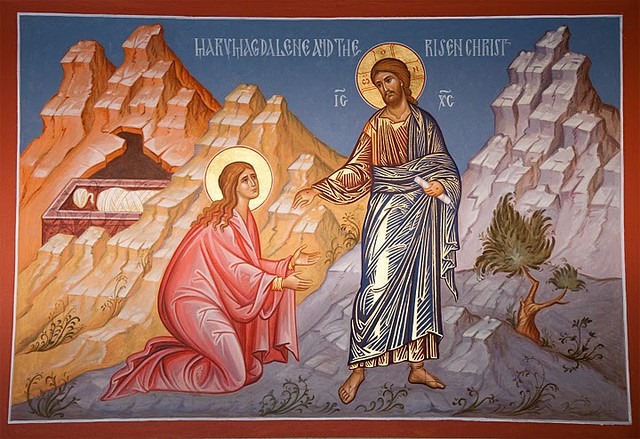 “But Mary stood weeping outside the tomb, and as she wept she stooped to look into the tomb; and she saw two angels in white, sitting where the body of Jesus had lain, one at the head and one at the feet. They said to her, ‘Woman, why are you weeping?’ She said to them, ‘Because they have taken away my Lord, and I do not know where they have laid him.’ Saying this, she turned round and saw Jesus standing, but she did not know that it was Jesus. Jesus said to her, ‘Woman, why are you weeping? Whom do you seek?’ Supposing him to be the gardener, she said to him, ‘Sir, if you have carried him away, tell me where you have laid him, and I will take him away.’ Jesus said to her, ‘Mary.’ She turned and said to him in Hebrew, ‘Rabboni!’ (which means Teacher).” (Jn 20: 11-16)
“But Mary stood weeping outside the tomb, and as she wept she stooped to look into the tomb; and she saw two angels in white, sitting where the body of Jesus had lain, one at the head and one at the feet. They said to her, ‘Woman, why are you weeping?’ She said to them, ‘Because they have taken away my Lord, and I do not know where they have laid him.’ Saying this, she turned round and saw Jesus standing, but she did not know that it was Jesus. Jesus said to her, ‘Woman, why are you weeping? Whom do you seek?’ Supposing him to be the gardener, she said to him, ‘Sir, if you have carried him away, tell me where you have laid him, and I will take him away.’ Jesus said to her, ‘Mary.’ She turned and said to him in Hebrew, ‘Rabboni!’ (which means Teacher).” (Jn 20: 11-16)
I have written several reflections on this passage, throughout the past few years. Today I’m reflecting on it again, because it is the NC-feast of St. Mary Magdalene, who was to be recognized by the Church as “Equal-to-the-Apostles.” On that Sunday morning two millennia ago, she was not “with” the Apostles, but stood alone, “weeping outside the tomb.” And by all indications, she felt very much alone, as if she were the only one who had suffered the loss of “her” beloved Teacher. They have taken away “my” Lord, she says, – not “our” Lord. And she’s trying to get to the bottom of this, on her own: Tell me where you have laid him, she says, and “I” will take him away. I love that! She was going to carry the Body of Christ away, somehow, …perhaps on her back, I don’t know. It’s interesting that she hadn’t thought of appealing to the Apostles, the eleven able-bodied men who might have helped out with this task. There was apparently a disconnect between the “Equal-to-the-Apostles,” Mary, and the Apostles. And when the risen Lord reveals Himself to her (as quoted above), He does not reproach her for this “disconnect,” but does nudge her to “connect,” by sending her off to tell His “brethren,” the Apostles, of her encounter with Him (Jn 20: 17).
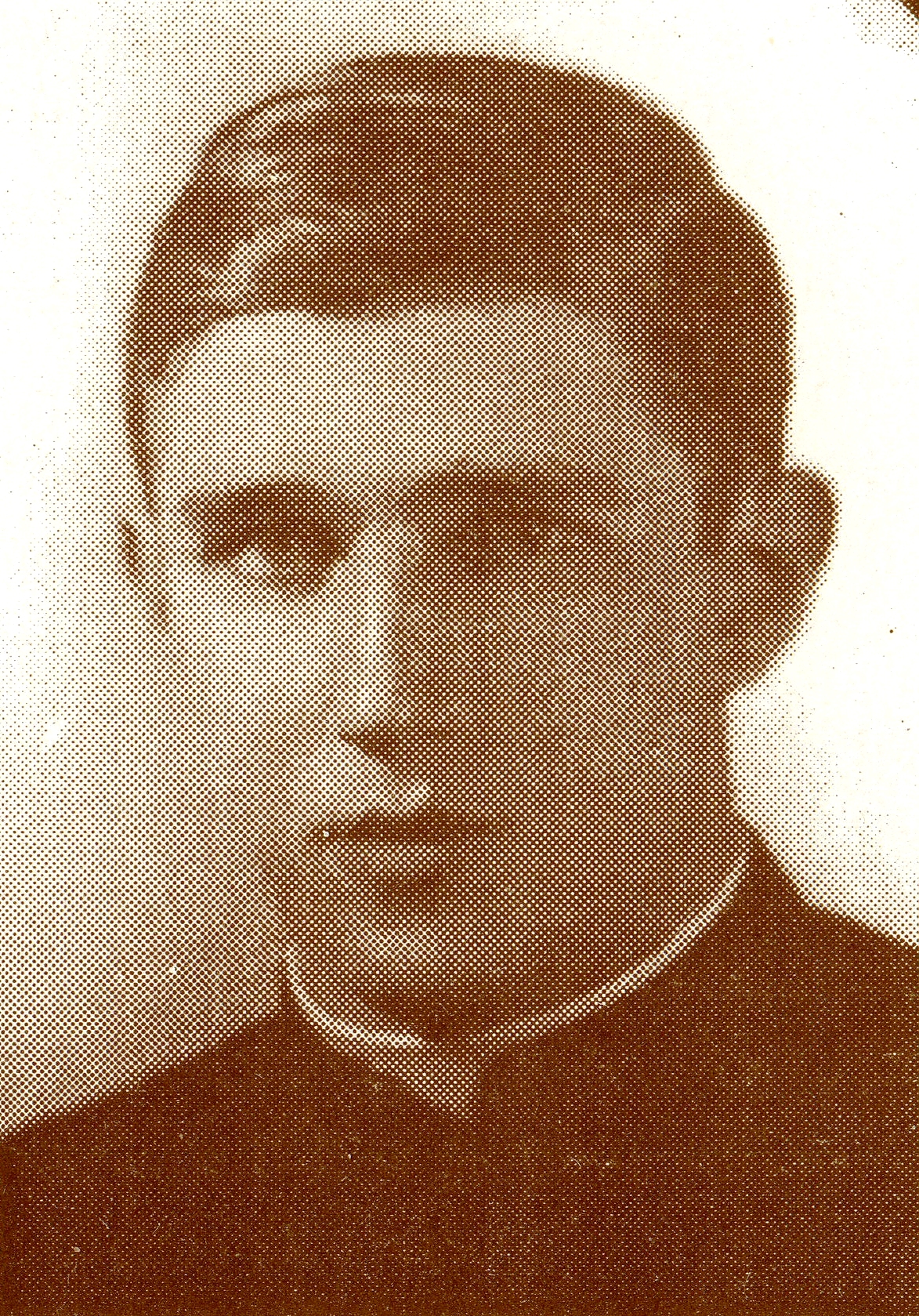 Today, on the liturgical calendar the UGCC Church liturgically remembers Blessed Roman Lysko who died on this date following torture and starvation in 1949. He was born on 14 August 1914 in the Horodok, Lviv District, Ukraine.
Today, on the liturgical calendar the UGCC Church liturgically remembers Blessed Roman Lysko who died on this date following torture and starvation in 1949. He was born on 14 August 1914 in the Horodok, Lviv District, Ukraine.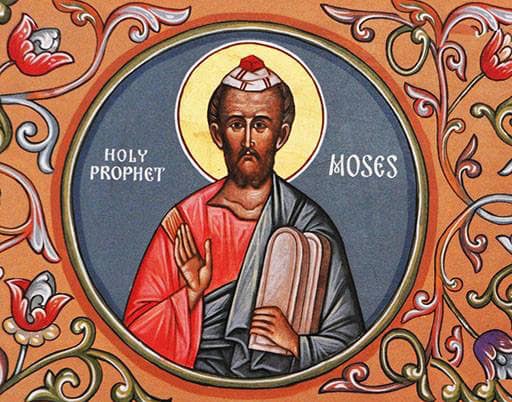 Today we celebrate St Moses the Prophet, according to tradition was born a Jew in Egypt at a time when the Jewish population was enslaved to the Egyptians. Moses was abandoned by his mother only to be adopted by the Egyptian royal family. Eventually Moses was called by God to be a leader to the Jewish people, interceding for them before Pharaoh, demanding their liberation, “Let my people go!” What followed is one of the earliest recorded campaigns of mass unarmed resistance in history. Trusting not in force of arms, but in the Lord, the Jewish people prayed, and God delivered them. They won their freedom, but it was not given easily. They marched out of Egypt in search of a promised land, but Pharaoh and his army followed, only to be once again routed by the work of God.
Today we celebrate St Moses the Prophet, according to tradition was born a Jew in Egypt at a time when the Jewish population was enslaved to the Egyptians. Moses was abandoned by his mother only to be adopted by the Egyptian royal family. Eventually Moses was called by God to be a leader to the Jewish people, interceding for them before Pharaoh, demanding their liberation, “Let my people go!” What followed is one of the earliest recorded campaigns of mass unarmed resistance in history. Trusting not in force of arms, but in the Lord, the Jewish people prayed, and God delivered them. They won their freedom, but it was not given easily. They marched out of Egypt in search of a promised land, but Pharaoh and his army followed, only to be once again routed by the work of God.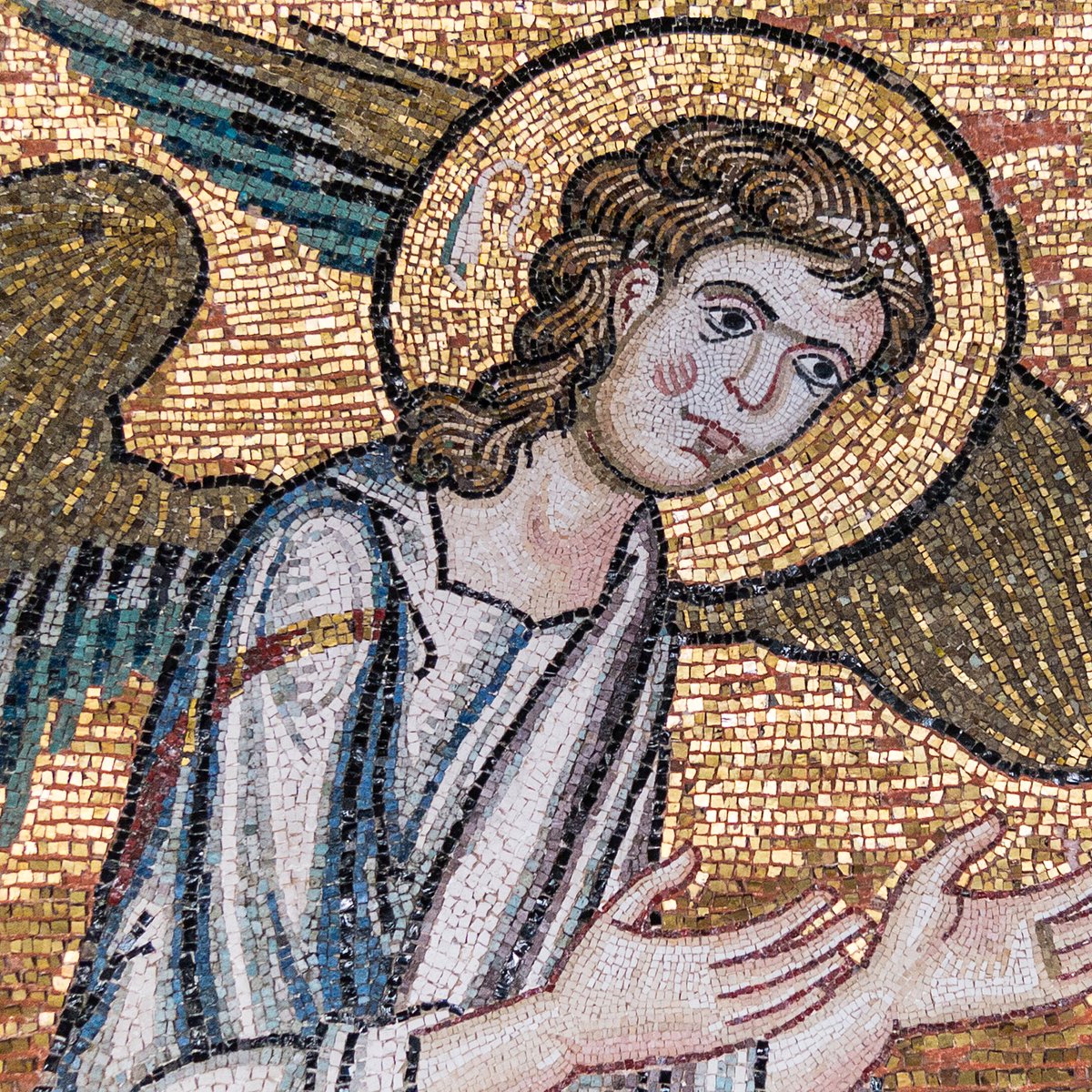 Prayer of St. John Chrysostom
Prayer of St. John Chrysostom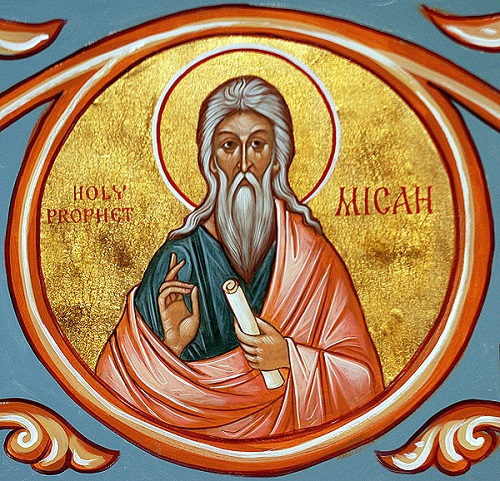 Micah prophesied between 750 and 687 bc. He was a contemporary of Amos and Isaiah.
Micah prophesied between 750 and 687 bc. He was a contemporary of Amos and Isaiah.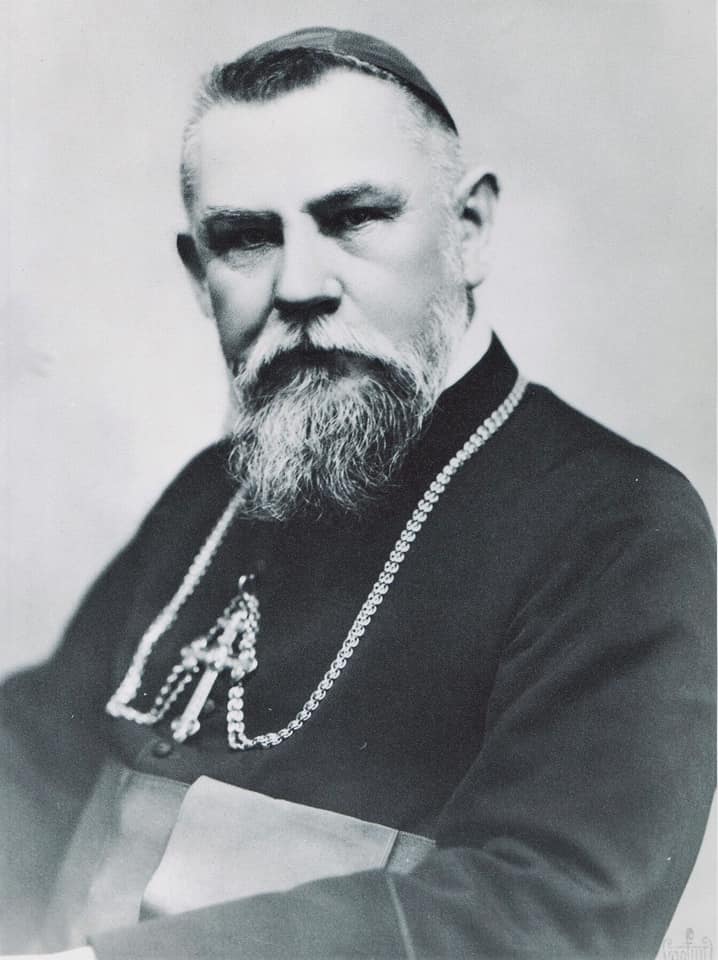 August 4th is the feast of Blessed Ioan Bălan: Romanian Greek-Catholic priest, Protopope of Bucharest, Rector of Blaj’s Theological Academy, Eparch of Lugoj, and martyr of the Communist persecutions—who died on this day in 1959, after over a decade of imprisonment without trial.
August 4th is the feast of Blessed Ioan Bălan: Romanian Greek-Catholic priest, Protopope of Bucharest, Rector of Blaj’s Theological Academy, Eparch of Lugoj, and martyr of the Communist persecutions—who died on this day in 1959, after over a decade of imprisonment without trial.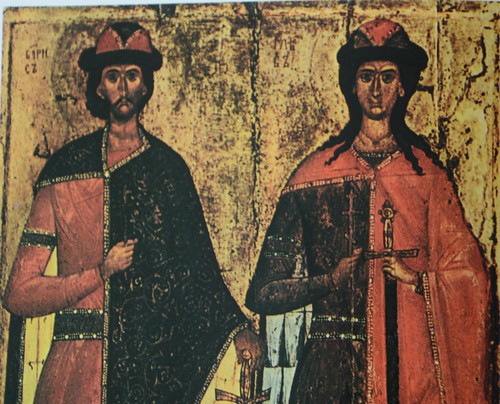 Today is the memorial of the holy protomartyrs of Kievan-Rus’, Boris and Gleb, known in baptism named Roman and David.
Today is the memorial of the holy protomartyrs of Kievan-Rus’, Boris and Gleb, known in baptism named Roman and David. “But Mary stood weeping outside the tomb, and as she wept she stooped to look into the tomb; and she saw two angels in white, sitting where the body of Jesus had lain, one at the head and one at the feet. They said to her, ‘Woman, why are you weeping?’ She said to them, ‘Because they have taken away my Lord, and I do not know where they have laid him.’ Saying this, she turned round and saw Jesus standing, but she did not know that it was Jesus. Jesus said to her, ‘Woman, why are you weeping? Whom do you seek?’ Supposing him to be the gardener, she said to him, ‘Sir, if you have carried him away, tell me where you have laid him, and I will take him away.’ Jesus said to her, ‘Mary.’ She turned and said to him in Hebrew, ‘Rabboni!’ (which means Teacher).” (Jn 20: 11-16)
“But Mary stood weeping outside the tomb, and as she wept she stooped to look into the tomb; and she saw two angels in white, sitting where the body of Jesus had lain, one at the head and one at the feet. They said to her, ‘Woman, why are you weeping?’ She said to them, ‘Because they have taken away my Lord, and I do not know where they have laid him.’ Saying this, she turned round and saw Jesus standing, but she did not know that it was Jesus. Jesus said to her, ‘Woman, why are you weeping? Whom do you seek?’ Supposing him to be the gardener, she said to him, ‘Sir, if you have carried him away, tell me where you have laid him, and I will take him away.’ Jesus said to her, ‘Mary.’ She turned and said to him in Hebrew, ‘Rabboni!’ (which means Teacher).” (Jn 20: 11-16)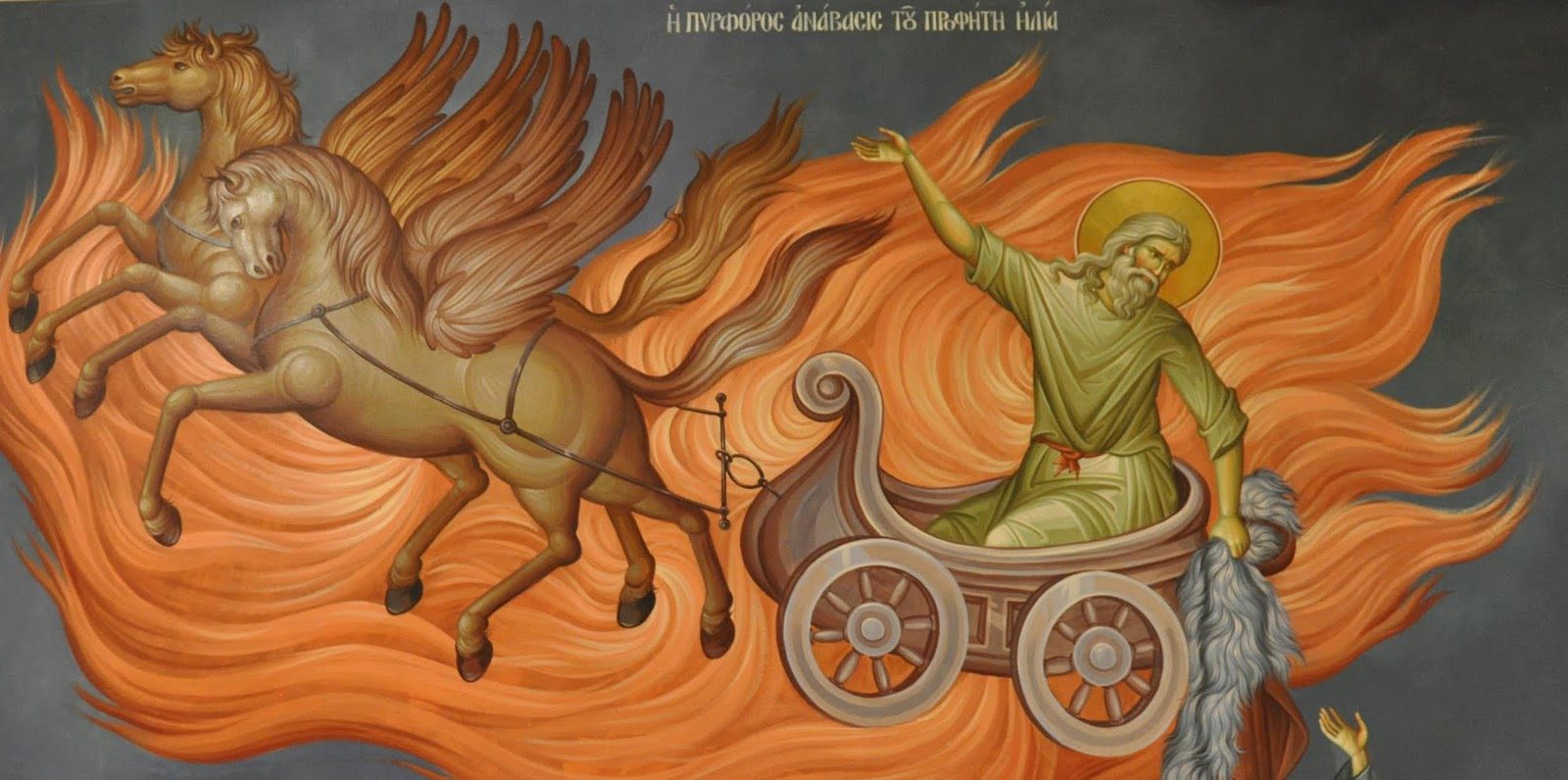 Today, July 20, we celebrate the first man on the moon, July 20, 1969. It was the Feast of St. Elijah the Prophet, who also ascended into the heavens in a fiery chariot. Who says there is not a cosmic connection!
Today, July 20, we celebrate the first man on the moon, July 20, 1969. It was the Feast of St. Elijah the Prophet, who also ascended into the heavens in a fiery chariot. Who says there is not a cosmic connection!